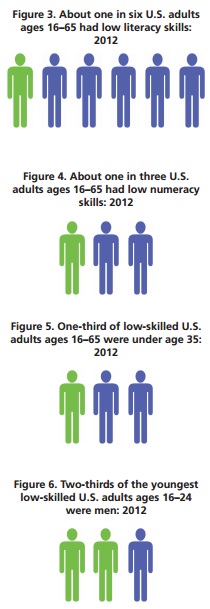While a long-needed update to the federal law governing U.S. elementary and secondary education winds its way through Congress, advocates are hoping the next critical reauthorization on lawmakers’ agendas will be the Higher Education Act (HEA).
Or perhaps it should be said – advocates are hopeful but not optimistic about HEA’s chances of reauthorization during the 114th Congress. Advocates and an Obama Administration official shared their perspectives about postsecondary education with NASDCTEc members during the 2015 Spring Meeting.
David Baime, senior vice president for government relations and research at the American Association of Community Colleges, called the reauthorization of HEA “of critical importance to vocational and training programs.â€
Baime said the law primarily focuses on student financial assistance, which includes the ever-important Pell grants. Baime said 20 percent of revenues for community colleges – roughly $11 billion a year – are tied to students who receive money through Pell grants. AACC’s HEA policy recommendations include a call to expand the list of institutions eligible to receive Pell funds, including some short-term postsecondary CTE programs.
In fact, HEA – a $130 billion program – is really more of a job training bill rather than a higher education law, as it has historically been considered, said Mary Alice McCarthy, senior policy analyst from the New America Foundation.
In a 2014 policy brief, “Beyond the Skills Gap,†McCarthy argues that five policy gaps within HEA “make it too easy for institutions to provide high-cost, low-quality CTE programs while also making it too difficult for institutions to build the partnerships and programs that will facilitate student transitions to jobs and careers.â€
Of the five gaps, three are related to how institutions are accredited – an important marker for being eligible to receive Pell funds. Other gaps include a focus on enrollment rather than outcomes and paying for time rather than learning.
McCarthy argued that Congress can fix these issues five ways:
- Ensure policies support students going to school for careers;
- Make accreditation reviews transparent;
- Demand quality assurance for credentials – and right now there is too little;
- Encourage innovation and experimentation in postsecondary education; and
- Align HEA to other bills with overlapping missions such as the Perkins Act and the Workforce Investment and Opportunity Act.
However, Congress’ minimal activity around HEA isn’t stopping the Obama Administration from putting forth bold proposals for postsecondary education. Deputy Assistant Secretary for Community Colleges Mark Mitsui laid out the Administration’s proposals from the 2016 budget, which included:
Be sure to check out NASDCTEc’s previous coverage of these proposals to learn more!
Andrea Zimmermann, State Policy Associate




